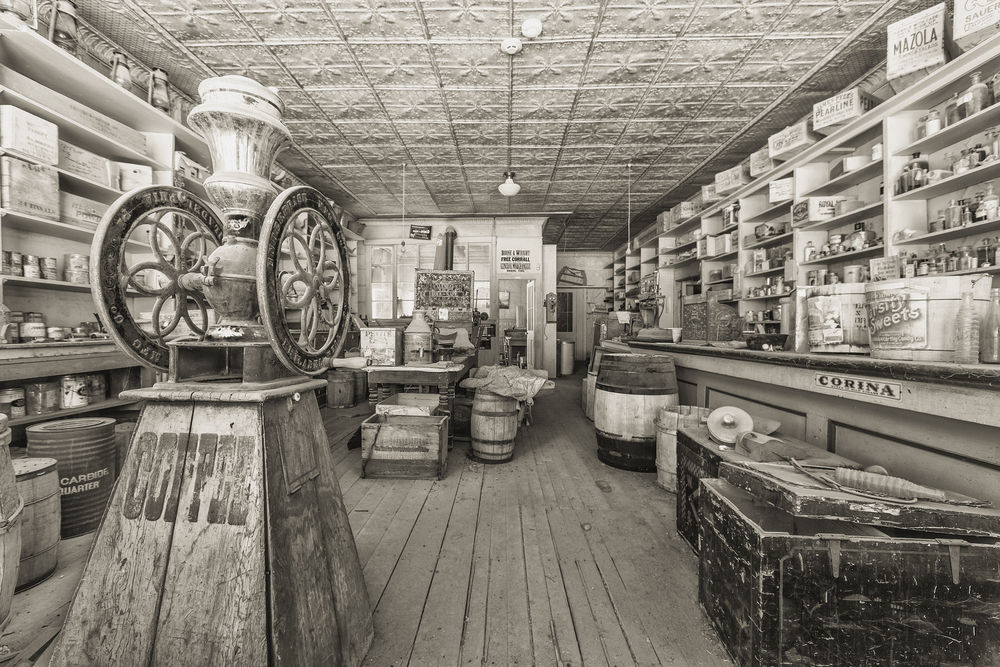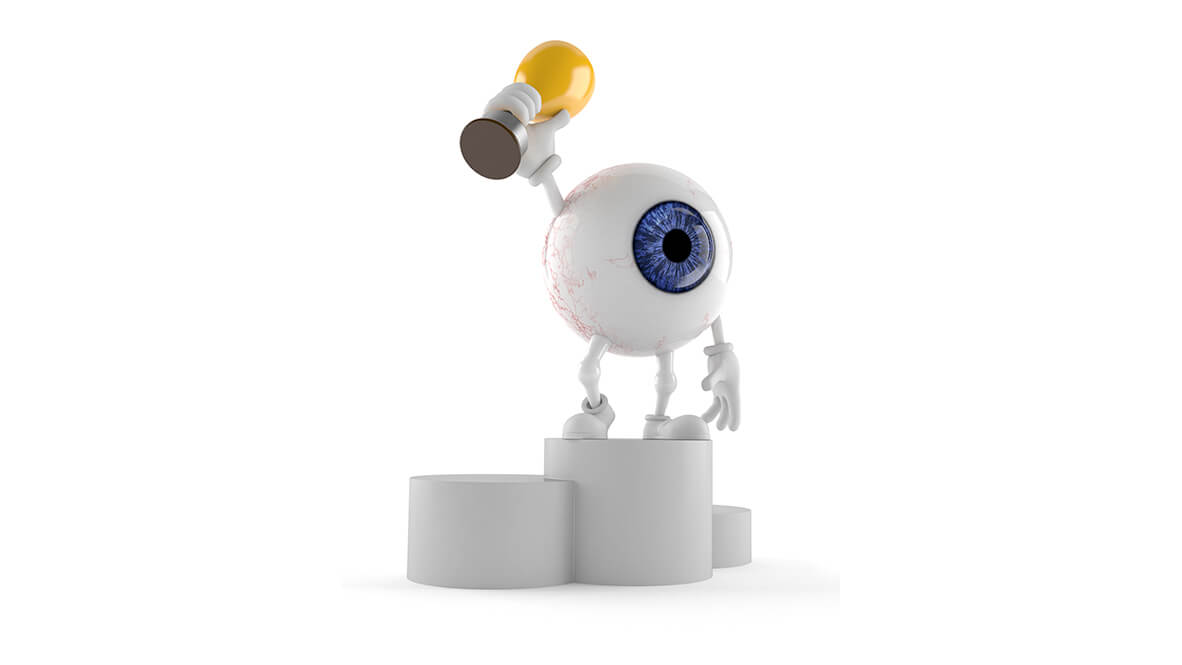It’s been a month of inaugurations of all varieties. Fortunately, we’re not here to talk American politics but, rather, ophthalmology. After all, that’s what we do.
Earlier this month, the American Academy of Ophthalmology (AAO) inaugurated its 125th president: Dr. Tamara R. Fountain, from the proud state of Illinois. She’ll be faced with the tough job of leading ophthalmologists through a year of recovery, as ophthalmology was hit harder than just about any other medical specialty during the last year. We have full faith in her abilities and expect she will do a commendable job as captain of the ship.
This article is not about the future, however — it’s about the past. The number “125” is a nice, celebratable number that gives occasion to look backward. So, we’ll do just that: We’ll briefly explore a piece of the rich history that has resulted in the AAO we know and love today. Its origins and historical impact are more than just a mere historical footnote. Indeed, the organization punched above its weight from the very get go.
Today, the AAO boasts some 32,000 members. But it all just started with one bored, lonely man in Kansas City.
The Urge to Merge

The human need to connect is universal. Hermits are considered strange because they are so few, and behave so deeply contrary to human nature. We are an aggressively social species, after all, and this is for good reason: We need each other. We learn from each other, support each other, and provide each other stimulation and comfort.
It’s from this innate human drive that, in 1895, Dr. Hal Foster reached out to fellow otorhinolaryngologists in the western states. In this medical period, specialists of anything above the shoulders, excepting the brain and teeth, were categorized together. He wished to organize a meeting so they could discuss their profession, share insights, and generally revel in camaraderie.
At that time, Dr. Foster was a denizen of Kansas City — still just a minor city of the slowly-conquered frontier, and far from a bustling metropolis. Major cities were confined to the east coast, where medical specialists were most likely to be found. As a medical specialist, Dr. Foster felt disconnected from his peers — and thus sought their company.
Dr. Foster was not wrong from feeling disconnected. Indeed, as noted in a 1917 address to the Academy by Dr. W. L. Dayton, it was impossible to obtain any specialized training in eye, ear, nose or throat surgery outside of just two cities on the east coast around the time of the Academy’s birth.
A Model for the Future

So, Dr. Foster reached out to other specialists in western states and cordially summoned them to a meeting. This meeting took place at the Parlor S. Midland hotel on April 9 and 10,1896. The exact number and names of physicians who attended is lost to history, but the general consensus is that some dozens representing many midwestern and southern states attended.
A program of the first meeting survives; physicians presented topics that specialists would recognize today, but were still very telling of the time. Some fine examples are, “The Ocular Manifestations of Hereditary Syphilis,” “Which Operation for Senile Cataract Should the Beginner Select?” and “The Clinical Examination of Deaf Mutes.”
Those making history rarely know they are doing so at the time. Nonetheless, this first meeting set the stage and precedent for all conferences to follow as it does appear to be the very first of its kind. And many more would indeed follow.
From Acorn to Tree

Dr. Foster had a vision — that the meeting would be an acorn that would eventually grow into a massive oak tree spanning the United States and Canada, and representing the shared wisdom and professionalism of his specialty of surgeons. That’s not an analogy we’ve taken poetic license to write here — that’s his own analogy he used to explain his concept for the future of the organization he helped create.
This first organization suffered under the mouthful-of-a-title “Western Ophthalmological, Otological, Laryngological and Rhinological Association” which, mercifully, was commonly referred to as the WOOL Society. Its first president was Dr. Adolph Alt, and Dr. Foster served as its secretary.
In 1903, after rapid growth, the organization changed its name to the American Academy of Ophthalmology and Otolaryngology: the AAOO. This name would last for a further 76 years — already a respectable lifespan for a person, and exceptional for an organization. The Ophthalmic and Otolaryngological sides split amicably in 1979, leaving the modern AAO.
Today’s AAO shares the same priorities as did Dr. Foster some 125 years ago: to share knowledge, to encourage further education, and to gather together in mutual respect to celebrate ophthalmic surgery. Let’s remember Dr. Foster and his vision, and use our best nature to further the field.




Great article—thanks for sharing! At the Kansas City Society of Ophthalmology and Otolaryngology (yes it is still combined) each year we present the Hal Foster Award—one for each part of the Society. So nice to read more about what he started….and proud to be serving on the AAO Board with Tamara during her year as President:)
We’ve come a great way and 125 years! The AAO truly could not have a better leader than Dr. Tamara Fountain in these challenging times!